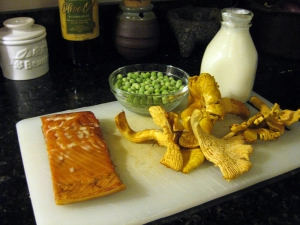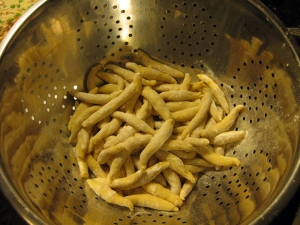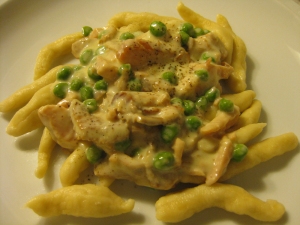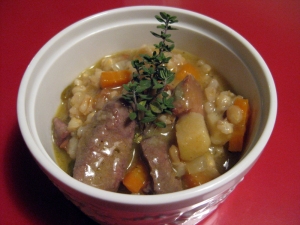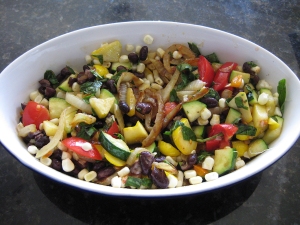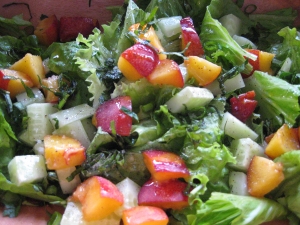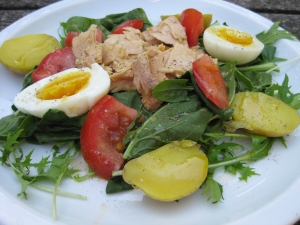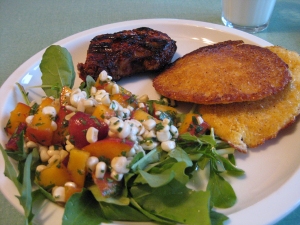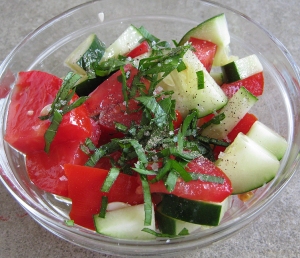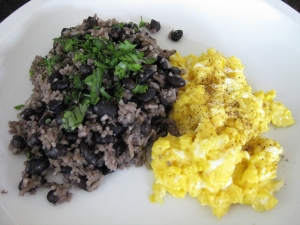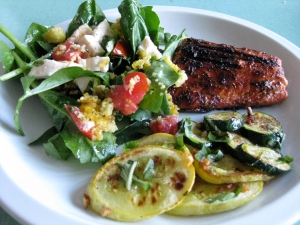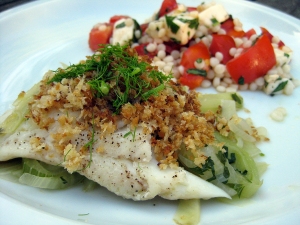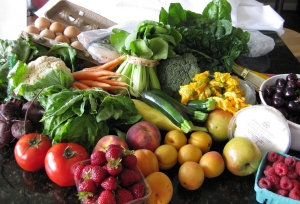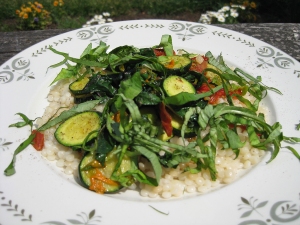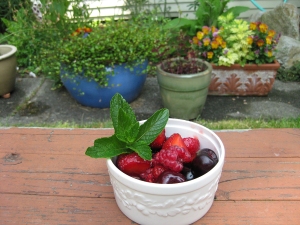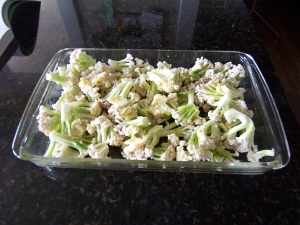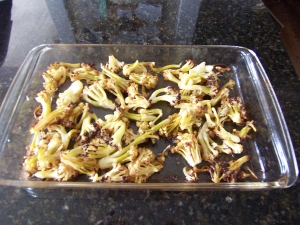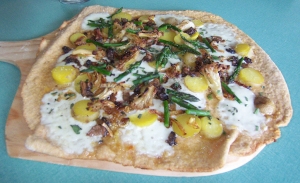We just returned from a two week road trip down to Central California. Along the way we ate quite well (with the exception of an Olive Garden wannabe in Ashland and the worst meal of the trip at the marina in Crescent City – where they serve their awful food up along with racist table literature). We managed to avoid fast food entirely, but sticking to the migraine diet was tough! I have to confess that I rarely stick to the plan when dining out. Very often there are no options on the menu that can even be modified to meet the requirements of the low-tyramine diet. Or else the essence of the dish would be so altered that I can’t bear to request an omission or substitution. On this vacation all of my dietary cheating did eventually take its tole, I think, as I ended to the trip with a series of more-severe-than-usual headaches.
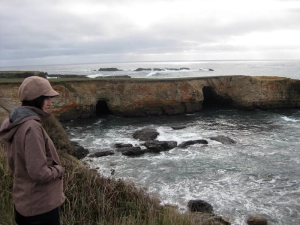
The Mendocino Coast
One meal that did pass headache diet muster was had at the legendary Greens Restaurant in San Francisco. That night we nearly went to A16, just around the corner from our hotel, but were too put off by the uptight, taking-themselves-way-too-seriously clientele. I’m so pleased about the bad vibe because Greens was just what we needed that night: casual but elegant atmosphere and fresh, local food. We even walked away with a recipe to add to our own repertoire: pasta with white beans and broccolini, bathed in a light broth. I’ll share with you my variation here. This was the first thing I cooked when we arrived back in Seattle. It manages to be both light and incredibly comforting. And we need comfort on these dark, short and rainy winter days in Seattle.
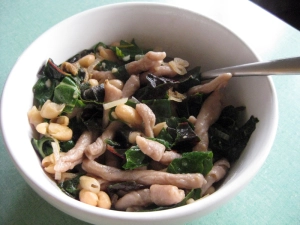
pasta in broth with greens, white beans and shallots
The version served at Greens was prepared with a much lighter touch. Theirs was elegant and refined. Mine is like peasant food. To create something more akin to the original, use more broth and fewer veggies and beans.
Pasta in broth with white beans, chard and shallots
You could use homemade broth and cook the beans yourself. Or make this a quickie by using prepared broth and canned beans.
- butter and olive oil (~2T each, or as much as you like)
- 3 shallots, sliced
- 1 clove slivered garlic
- 1 can white beans
- 1 head chard, stems removed, roughly chopped (substitute any green you like)
- 2 cups chicken or vegetable broth
- pinch of red pepper flakes
- salt and pepper
- 1/2 lb short pasta like farfalle or orecchiette
- toasted breadcrumbs
Saute the shallots over medium heat in butter and olive oil until softened and golden. Meanwhile bring water to a boil and start cooking your pasta. To your shallots add garlic and cook for about a minute, until golden but not browned. Add broth and bring to a simmer. Add beans and chard and season with pepper flakes and salt and pepper. You may want to add more broth at this point if you prefer a more soupy dish. Mix very gently to help the flavors to meld and the greens to soften (if you are using a more hardy green like kale, cover the pan and gently simmer for a couple of minutes, stiring occasionally). It’s done when the greens are softened to your liking. Serve over pasta and top with toasted breadcrumbs.
